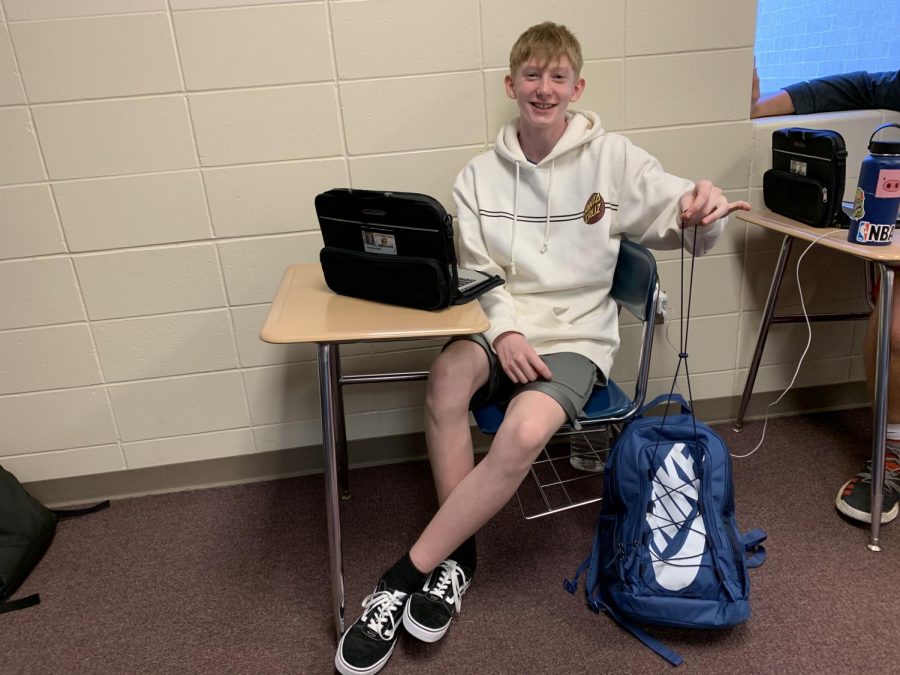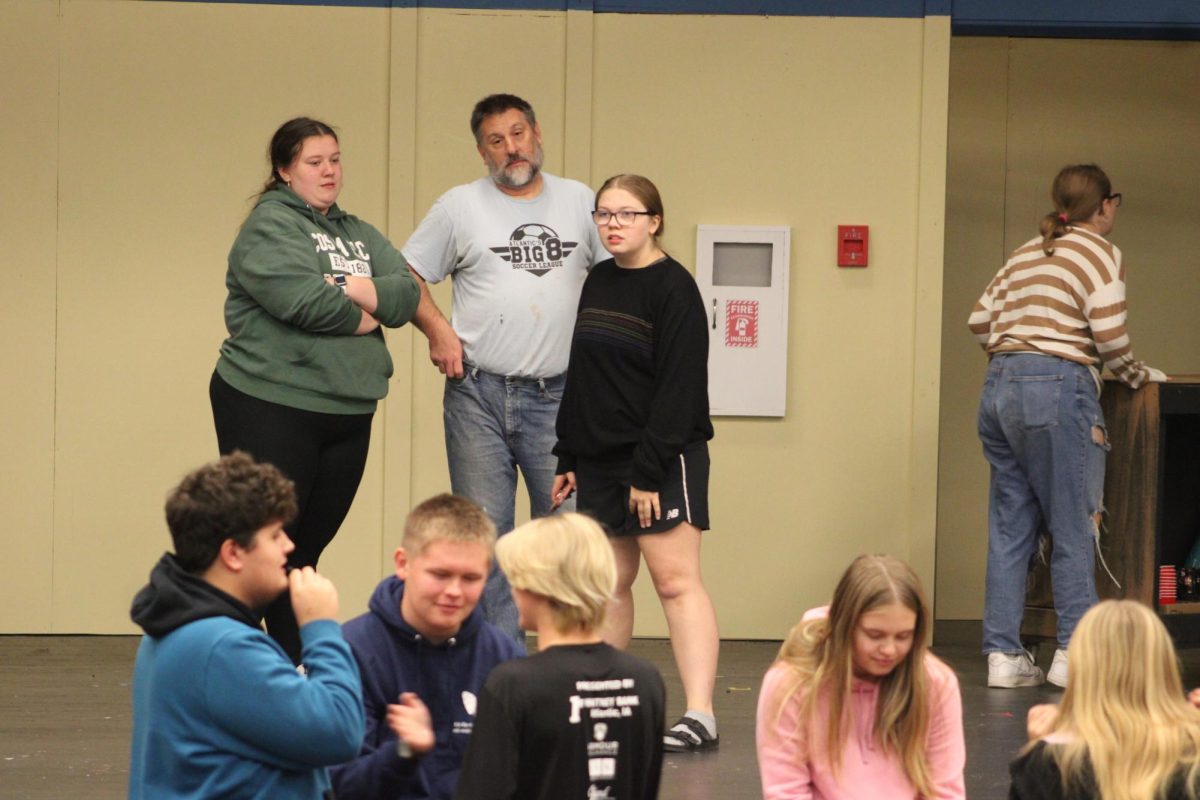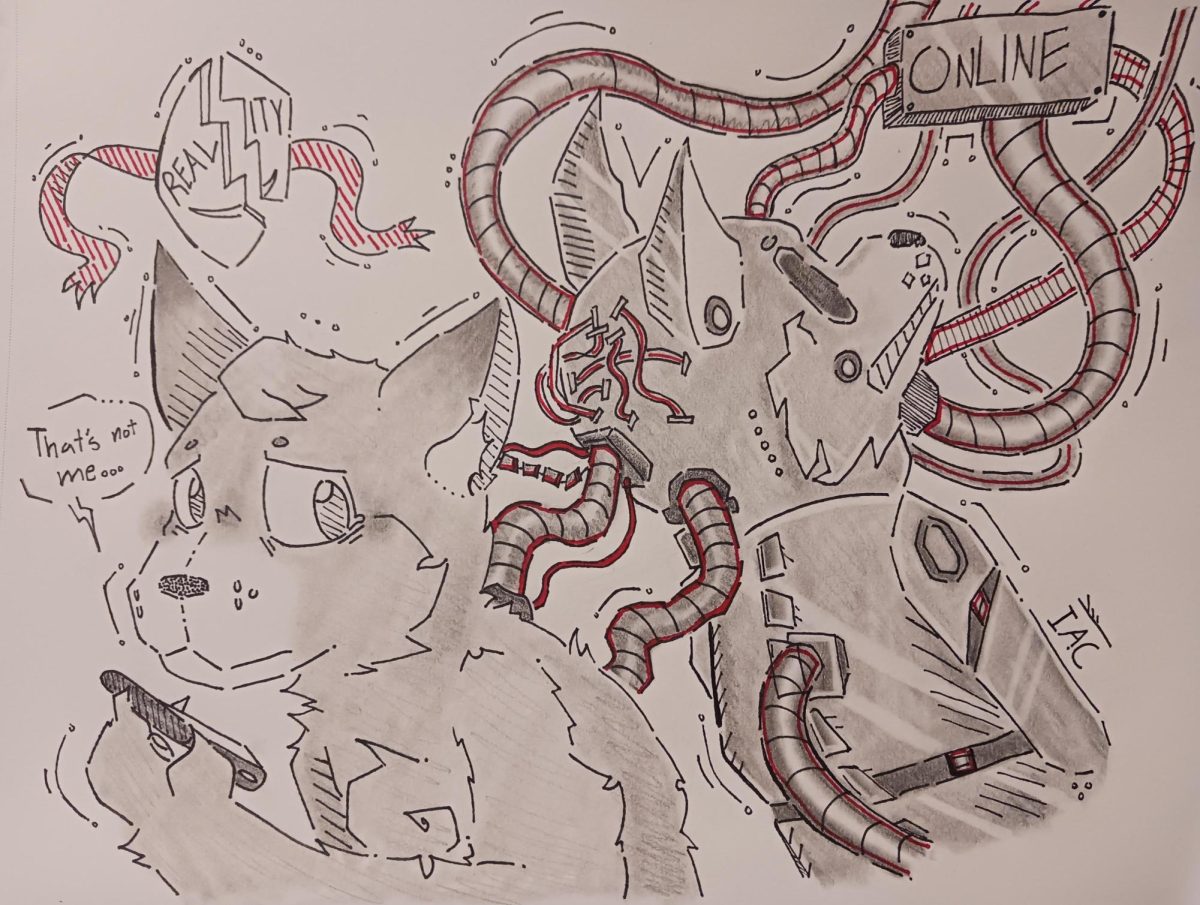Fidget Toys in the Classroom
The elastic strings on Trahyger Carey’s bookbag provide a diversion when he’s bored. Carey is a freshman.
September 16, 2020
Fidgeting is our body’s way of releasing all of our restless energy. If the fidgeting is redirected, it can be beneficial to learning and a classroom environment. Fidgeting can be redirected through the use of fidget toys. Fidget toys are tools that help with focus, attention, calming, and active listening. According to Health Beat, children learn better when they are active with their hands. Funneling their energy through their hands allows better focus. It is essential to have some sort of movement while learning to ensure the left and right sides of the brain are both active.
Health Beat said that there was a 10% increase in academic scores from students who used fidget toys. Students that suffer from ADHD symptoms showed a 27% increase in academic scores. Fidget toys have shown reduced levels of anxiety and stress. They can also enhance dexterity, improve coordination and fine motor skills, and assist in the development of muscles of small hands.
Sarah Rose, the guidance counselor, said, “Science tells us that our bodies preserve the nervous energy, so a way to function is a way to get the nervous energy out.” She would recommend fidgeting toys to the students that would get the best benefits from them. Although they can be misused, she believes that they can be beneficial for the classroom. Rose, herself, uses fidget toys and even finds herself fidgeting with everyday objects, like pens and pencils, on a daily basis to help her focus.
Sophomore Kylie Pulido said that fidgeting with a pencil in class helps her “cope with anxiety” that she struggles with. Junior Dreyah Rutherford says that fidget toys are “best for people with anxiety.” Although she doesn’t use them personally, she thinks they would be beneficial for the classroom if used by the right students.










